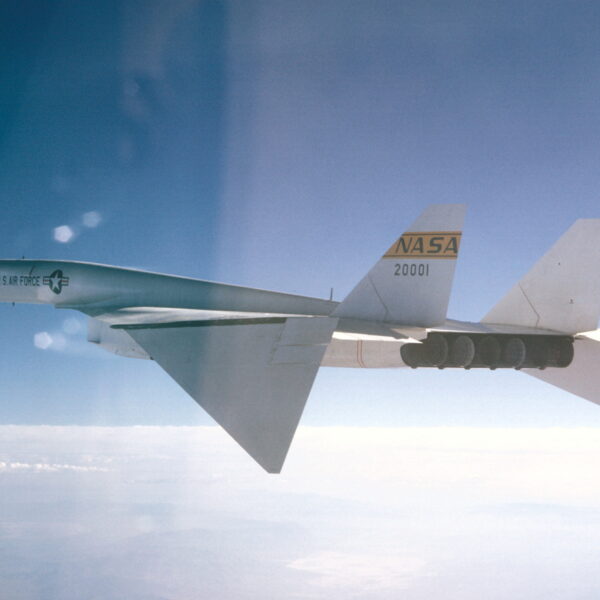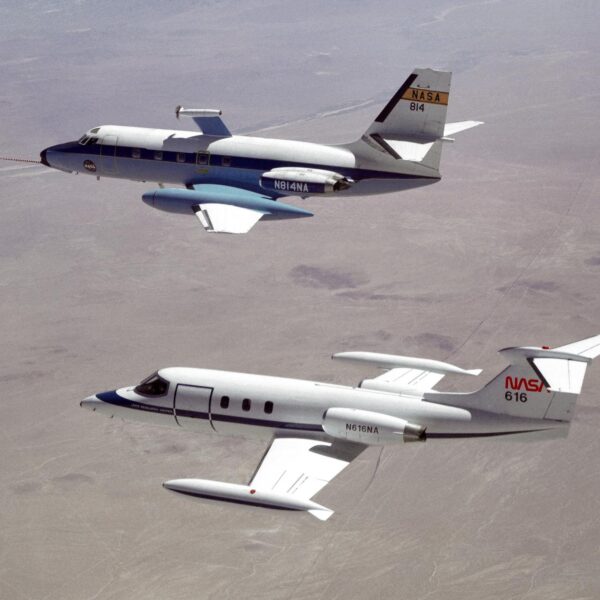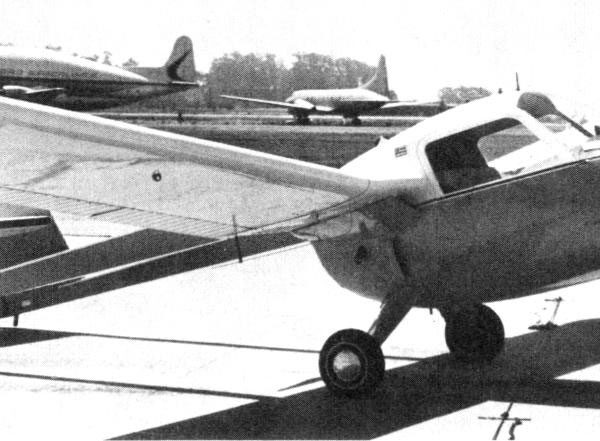From the Archives: Lockheed SR-71 Blackbird Using Drag Chute During Landing
With a touchdown speed of approximately 155 knots (178 miles per hour) and a design landing weight of 68,000 pounds, the SR-71 had significant energy to dissipate upon landing. To assist with this, a massive drag chute was deployed after touchdown.

Topics Related To: AVIATION HISTORY
XB-70 Valkyrie Drooping Wingtips
Among the historic and innovative aircraft on display in the Smithsonian Air and Space Museum, the Bede BD-5 showcases a legacy that belies its diminutive size.
NASA Lockheed Jetstar
Originally designed as one of the first purpose-built business jets, the Lockheed L-1329 Jetstar cast a formidable shadow even before the installation of NASA’s experimental equipment. Unlike most business jets, the Jetstar utilized four engines – and it did so with the unique rear-mounted arrangement seen here.
Unique Aircraft Design of the 1970s
Originally constructed in 1971 as part of a general aviation design study, this rarely seen Beechcraft concept model was utilized for wind-tunnel analysis and never reached production.





